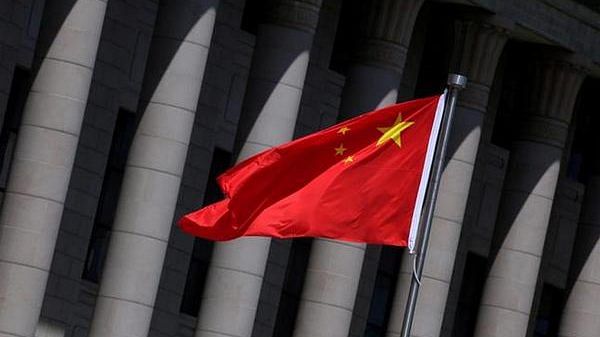Thank you dear subscribers, we are overwhelmed with your response.
Your Turn is a unique section from ThePrint featuring points of view from its subscribers. If you are a subscriber, have a point of view, please send it to us. If not, do subscribe here: https://theprint.in/subscribe/
China recently sanctioned two Canadian institutions and twenty people advocating for the rights of the Uighur & the Tibetan population. The restrictions included a ban on entry and asset freezes on fifteen individuals from the Canada based Uygur Rights advocacy project and five from the Canada-Tibet committee. According to Namgyal Dolkar, a member of Tibetan Parliament-in-exile, these are one of the first sanctions against an independent NGO unlike previous ones which were imposed only on parliamentarians in exile.
In recent weeks China has imposed several restrictions at the Larung Gar Buddhist Academy, the largest Buddhist study centre in the world, located in Sethar county, Karze, in Tibet’s Kham province which is in turn incorporated in Sichuan Province of China. About 400 military personnel are deployed at Larung Gar, along with limiting the residency to 15 years and making it mandatory for all the monks and nuns over there to register themselves. Around this time Nepal hosted the South China Sea Buddhism Shenzhen roundtable in Kathmandu and Lumbini where contrary to earlier predictions, the Chinese appointed Panchen Lama (Gyaincain Norbu) didn’t arrive. However, the roundtable and tightening grip on Larung Gar underlines China’s attempts to weaponize Buddhism.
While the discussions and India’s concerns over recent Chinese plans to construct world’s biggest dam over Brahmaputra River (Yarlung Zangbo as it is called in Tibet) are genuine, China has said that the decision has gone through rigorous scientific verification and will not have any negative impact on the ecological environment, geology and water resources of downstream countries. The dam that would cost an estimated $137 billion is planned to be built at a massive gorge in the Himalayan region, where the Brahmaputra takes a sharp U-turn before entering Arunachal Pradesh. India has also protested on Beijing’s move to form two new counties in the Hotan prefecture which will have their own administrative capitals and are incorporating areas of Union territory of Ladakh.
Finaly, the third angle of this fateful triangle must not be forgotten. The US’s outlook towards the question of Tibet has come a long way. From Project ST Circus – where the CIA trained Tibetan guerillas from 1957 to 1969 to initially operate out in Tibet and then out of Mustang, Nepal -to the indifference of a Trump administration which is indicated in the meeting he had with PM Modi in September, 2017 where according to the book ‘A Very Stable Genius’, he was unaware of the boundary dispute between India and China to put it mildly. Nancy Pelosi’s visit to Dharamshala in June last year to meet the 14th Dalai Lama along with a bipartisan group of US lawmakers in June last year didn’t cause China to react as strongly as it did during her visit to Taiwan in August 2022 due to obvious reasons. However, it seems that Tibetan issue will not generate similar concerns on both sides of the US political divide as the Taiwan one.
As we witness a devastating earthquake in Tibet which by the time this is written, has led to 95 people dead in Tibet & Nepal and scores injured, a check on these political tremors is also necessary. Tibetan acting president Dolma Gyari insisted recently that resolving the ‘Akhand Tibet’ issue is crucial to Sino-Indian boundary solution. She also hosted a delegation of MPs from New Zealand and Fiji recently. Her statement is indicative of Tibetan aspirations and the vulnerabilities of the same aspirations as succession question of the Dalai Lama looms over. Despite the bigger factors like the great power competition affecting Sino-Indian relations, it is the issue of Tibet which will always be the trigger for major shifts. It this therefore imperative that India keeps a watchful eye on the same.
These pieces are being published as they have been received – they have not been edited/fact-checked by ThePrint


